TL;DR Geo evolved into GRC-20: A new standard for structuring knowledge across web3—and now powers Hypergraph, a privacy-first, local-first framework for building decentralized apps. Together, they enable composable, user-owned, and interoperable web3 experiences beyond the limits of traditional apps.
How knowledge graphs, composable data, and local-first frameworks are shaping the next generation of decentralized consumer apps.
What started as Geo, a new kind of web3 browser and knowledge graph, evolved into GRC-20, a web3-native knowledge graph standard designed to structure, share, and connect information across chains. That standard now powers Hypergraph, a full development framework for building privacy-first, local-first apps that sync across devices.
This is more than just a dev tool. It’s a new way to build the web.
In this post, we’ll explore how Geo, GRC-20, and Hypergraph fit together and what it unlocks next.
Why Most of Your Apps Aren’t Web3 (Yet)
Let’s be honest: despite the hype, you probably don’t use web3 apps daily. Your workflow is still dominated by web2 giants that control your data, set the rules, and decide what stays or goes.
In this talk from Cannes, Yaniv Tal (Founder of The Graph and Geo) paints a clear picture of what’s missing and what it’ll take to change that. The solution? A new vision for building web3 consumer apps powered by knowledge graphs, a new standard called GRC-20, and a powerful development framework called Hypergraph.
The Case for Web3 Consumer Apps
What exists on Web2 now
- Web2 dominates daily usage. Apps are proprietary, centralized, and disposable
- If a web2 app shuts down, your workflows die with it
- Users lack ownership, flexibility, and resilience in the apps they depend on
What Web3 promises
- Persistence – Apps that don’t disappear from the web
- Ownership – Users control their data
- Interoperability – Apps connect and integrate information seamlessly
We need to build real-world applications. We need to build web3.”
– Yaniv Tal
Learning from the Past: Composability and Standards
Yaniv Tal compares today’s opportunity in web3 to what Apple achieved with Iphone APIs. Tools like HealthKit and Contacts didn’t just store data, they created shared, composable data layers that allow apps to seamlessly integrate and build on top of each other. Web3 needs its own equivalent, not for just one category like health, but for all forms of information. That’s exactly the role GRC-20 plays. As Yaniv puts it, ERC-20 gave us a standard for value. Now we have one for information.
GRC-20: The Missing Standard for Web3 Knowledge
Before you can build composable web3 apps, you need a shared language for how apps understand and exchange information. That’s where GRC-20 comes in. It’s flexible knowledge standard built on entities and relationships that is designed to turn isolated data into interoperable, contextual knowledge. For a deeper look at how this works (and why it matters), check our previous post: Enabling Tomorrow’s Internet: How Knowledge Graphs Unlock Synergies Between Web3 and AI.
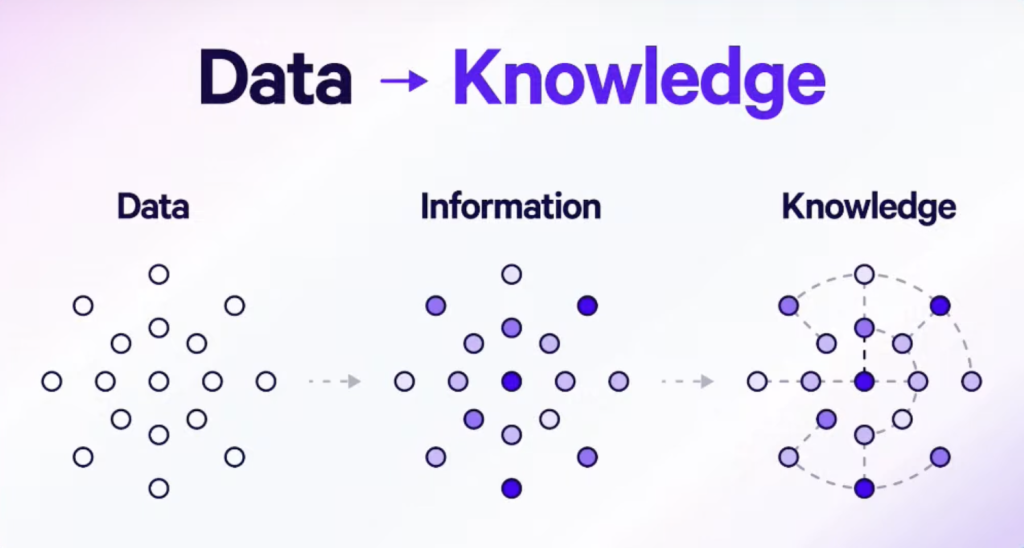
GRC-20 Breakdown
GRC-20 is based on entities and relationships, providing a flexible structure for expressing knowledge. It uses a loose type system to adapt across use cases and enables composable knowledge graphs that can be shared and extended across applications. With this new standard, apps can interpret and collaborate on information across boundaries. It’s a shared language for the open web.
Hypergraph is the Framework for Building Composable Web3 Apps
Why Hypergraph?
While The Graph indexes public blockchain data, Hypergraph targets consumer apps with private, shared, and public data.
Key features
- Privacy-first. Data is encrypted by default, and users grant granular access—think Apple Health, but onchain.
- Flexible data spaces. Start privately, then choose to share with groups or publish to public, community-curated knowledge graphs.
- Local-first architecture using Conflict-free Replicated Data Types (CRDTs) via Automerge.
- Real-time sync with update propagation via a lightweight sync server.
- Composable and interconnected. Apps can extend each other’s data through shared standards.
A familiar UX
If you’ve used Notion or Figma, you know how collaboration just works. Hypergraph brings that fluid, collaborative UX to web3 while keeping user data in the user’s hands.
Tackling the “Rickroll” Problem: Curating the Open Web
Open systems come with open problems such as spam, trolls, and bad actors. Yaniv didn’t shy away from this, noting that “it would take two seconds for someone to rickroll your app if anyone could write anything.”
Hypergraph tackles this with structured curation, allowing users to filter content and manage visibility. Public and personal spaces come with built-in governance and access controls, giving communities the tools to co-curate shared knowledge without chaos.
Hypergraph in Action
With Hypergraph developers can:
- Build apps using GRC-20 to structure knowledge.
- Push public knowledge to IPFS and publish updates on-chain in batches.
- Tap into global identifiers, so that entities (i.e. USDC) stay consistent across apps.
- Use Connect App to request granular access to private data, just like mobile OS permissions.
Developer Walkthrough: Building with Hypergraph
Want to see how it all works under the hood? Kevin Jones delivered a fast-paced demo at ETH Global Cannes showing how developers can build on Hypergraph today.
Kevin walked through:
- Creating spaces to group related entities (e.g., cities, companies, events)
- Using useCreateEntity to write to private knowledge graphs
- Publishing updates to the public knowledge graph using smart account wallets
- Syncing encrypted data with a local-first architecture
- TypeScript-based SDKs for seamless developer experience
- And how to integrate with AI agents using MCP endpoints for Hypergraph and The Graph
Bonus: Hypergraph is type-first, making it incredibly AI-friendly. Claude, GitHub Copilot, or Cursor can all help you auto-build apps with minimal effort.
Final Thoughts: The Vision for Web3 Apps
Yaniv said it best, “Nobody wants another siloed app. Even in web3, we’ve been building silos.” Hypergraph and GRC-20 aim to change that.
It’s time for web3 to move from promise to practice, from theory to tools you actually use. The building blocks are here. The framework is live. And builders are already taking notice.
One team recently won Best Overall Hypergraph App at the ETHGlobal Superhack proving what’s possible when great tooling meets a clear vision.
Are you building with Hypergraph? We’d love to hear what you’re working on.
We’ll keep sharing updates here as Geo, Hypergraph, and the open web continue to evolve. We’re with you. Let’s build the future, app by app.
By this time next year, I want all the apps I use to be web3 apps—and I’ll never want to go back.”
— Yaniv Tal
5 Questions This Article Covers
✅ What’s missing from today’s web3 app experience—and how do we fix it?
✅ How do knowledge graphs enable composability across decentralized apps?
✅ What is GRC-20 and why is it important for structuring shared knowledge?
✅ How does Hypergraph make local-first, privacy-first apps possible in web3?
✅ What tools are available today to start building with this framework?
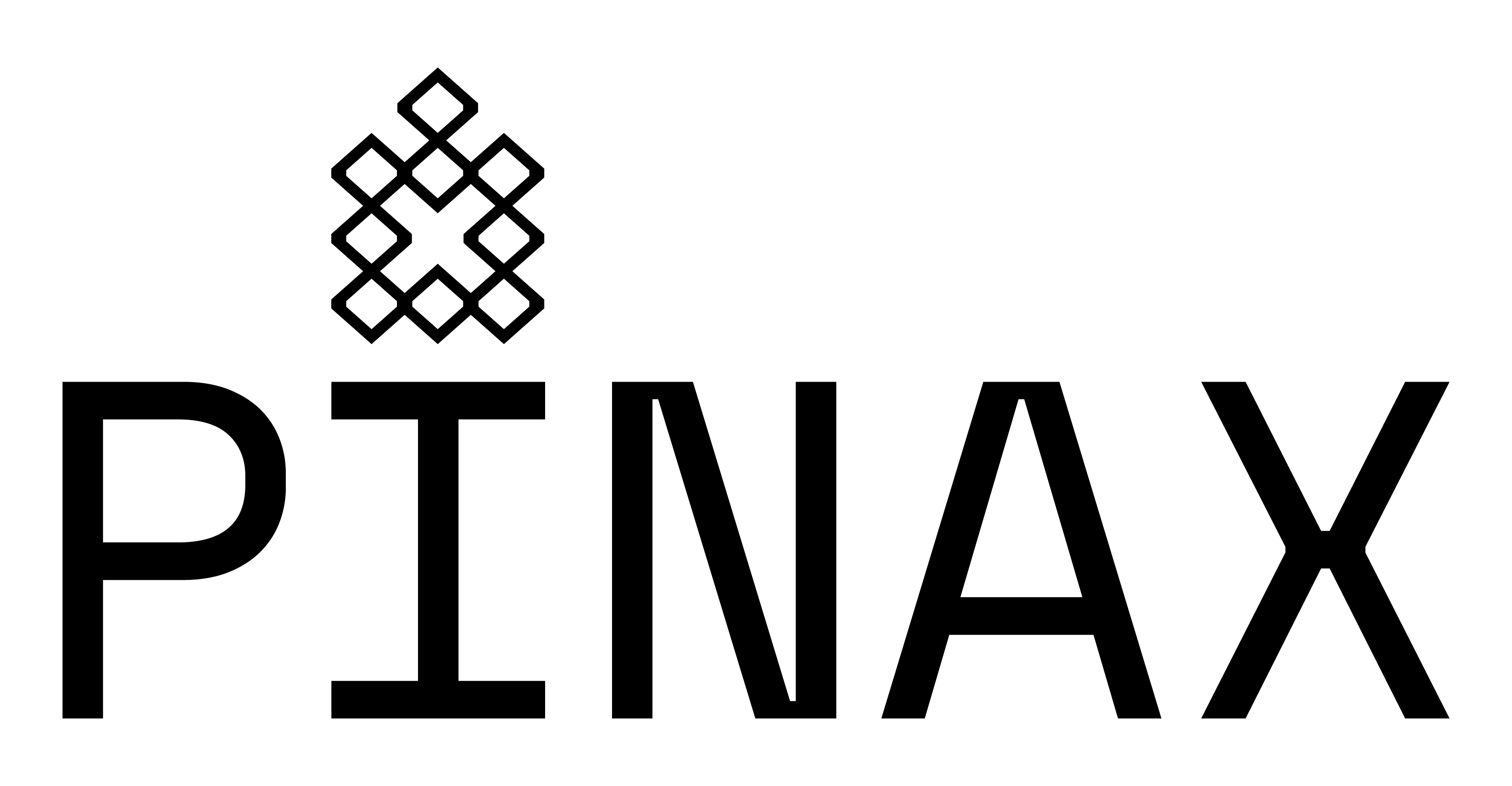

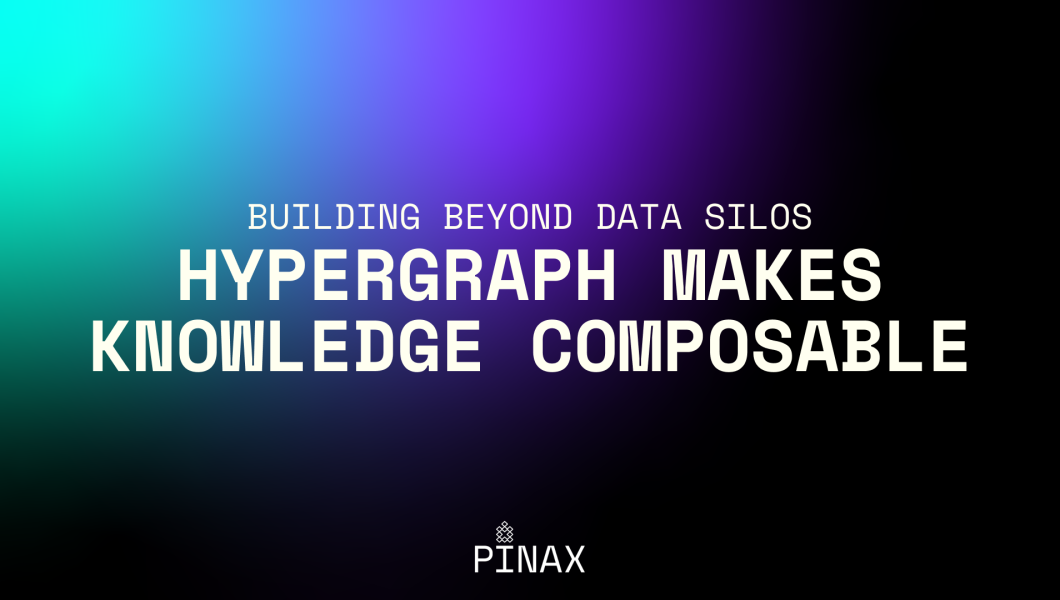
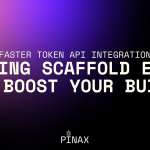
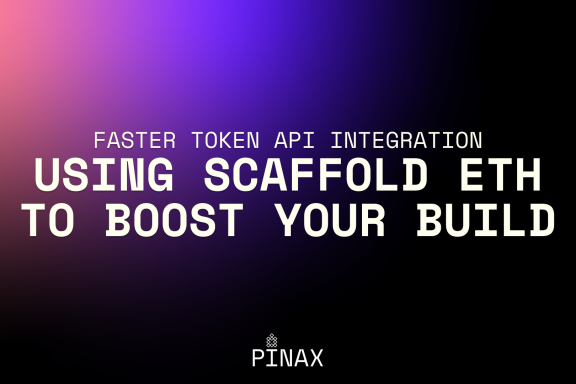
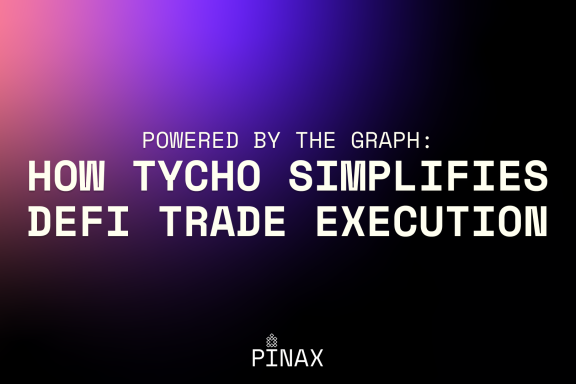
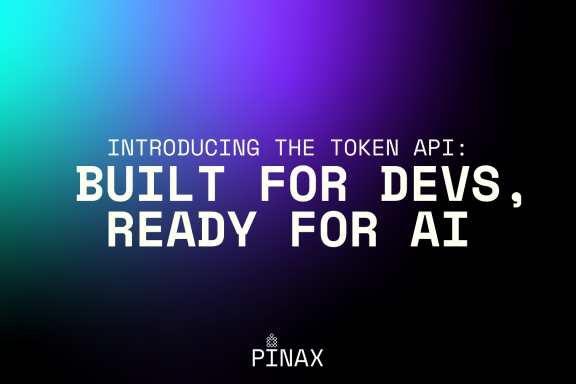
No Comments